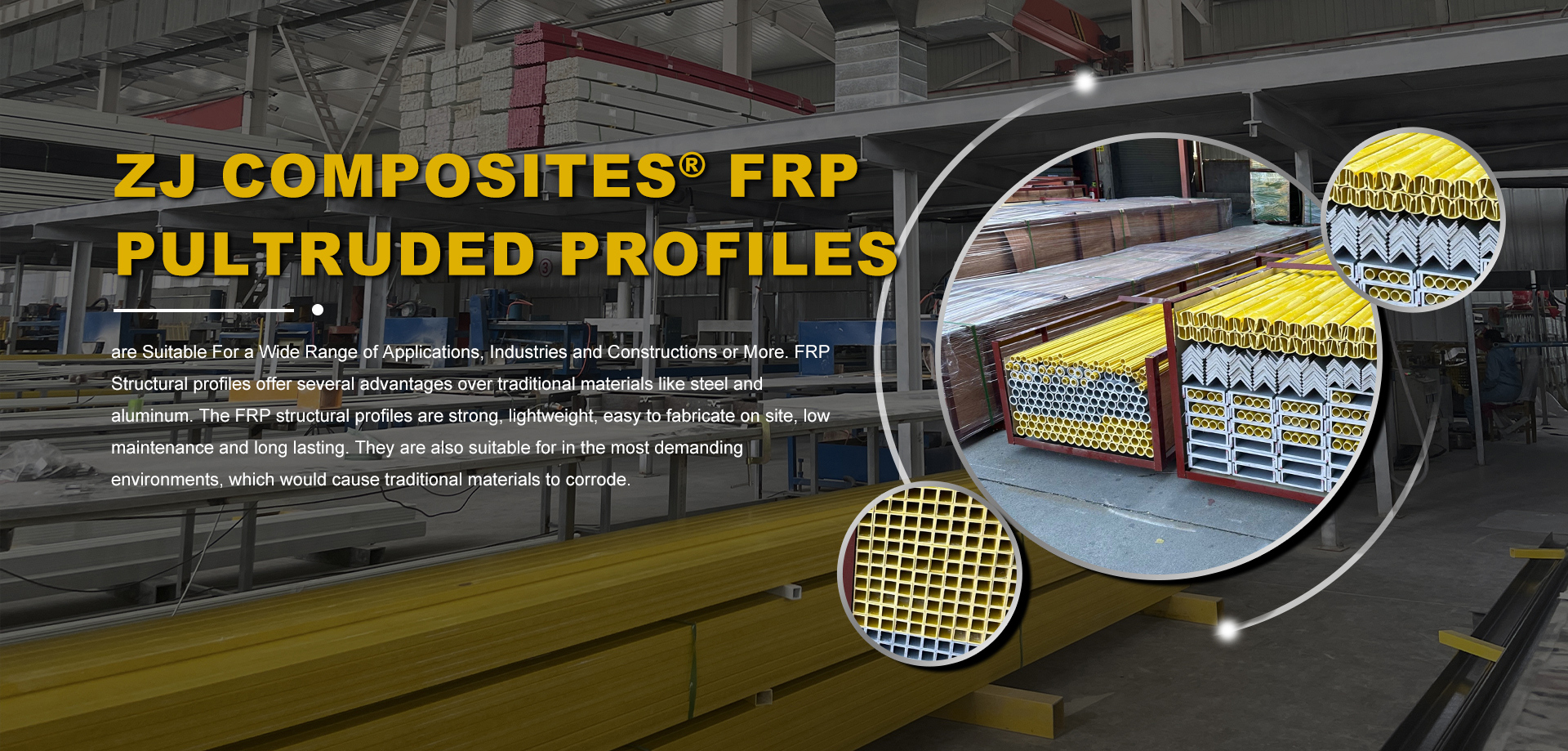loading...
- No. 9, Xingyuan South Street, Dongwaihuan Road, Zaoqiang County, Hengshui, Hebei, China
- admin@zjcomposites.com
- +86 15097380338
- Welcome to visit our website!
structural frp fiberglass
Understanding Structural FRP Fiberglass Applications and Benefits
In the sphere of modern construction and engineering, the use of advanced materials has significantly transformed traditional methodologies, leading to enhanced performance, durability, and sustainability. Among these materials, Fiber Reinforced Polymer (FRP), particularly fiberglass, has emerged as a standout choice for various structural applications. This article delves into the characteristics, advantages, and applications of structural FRP fiberglass, shedding light on why it has gained popularity across diverse industries.
What is Structural FRP Fiberglass?
Structural FRP fiberglass is a composite material made from a polymer matrix reinforced with fiberglass. The combination of resin and fiberglass results in a lightweight yet exceptionally strong material. FRP can be manufactured in various forms, including sheets, rods, and beams, making it versatile for different structural applications. Its inherent properties, such as corrosion resistance, high tensile strength, and low thermal expansion, make it suitable for environments that challenge traditional materials like steel and concrete.
Key Benefits of FRP Fiberglass
1. Lightweight Yet Strong One of the most significant advantages of structural FRP fiberglass is its high strength-to-weight ratio. Being much lighter than steel, it eases the handling, transportation, and installation processes, reducing labor costs and time.
2. Corrosion Resistance Unlike steel, which is prone to rust and corrosion, fiberglass is resistant to various environmental factors, including moisture, chemicals, and UV radiation. This characteristic extends the lifespan of structural elements, making them ideal for coastal, chemical, and other harsh environments.
3. Thermal Insulation FRP fiberglass has excellent thermal insulation properties, minimizing heat transfer. This aspect is particularly advantageous in applications requiring temperature control, such as in pipelines or storage tanks.
4. Design Flexibility The manufacturing process of FRP allows for a wide range of shapes and sizes, enabling architects and engineers to design components that may be challenging with traditional materials. This flexibility opens up creative possibilities in structural design.
5. Low Maintenance The durability and corrosion resistance of fiberglass reduce the need for regular maintenance and repairs, resulting in long-term cost savings. This trait is particularly beneficial in infrastructure projects where access for maintenance can be challenging.
structural frp fiberglass

6. Sustainability As industries increasingly prioritize sustainability, FRP fiberglass presents a compelling option. Its longevity and low environmental impact during production contribute to greener construction practices.
Applications of Structural FRP Fiberglass
Structural FRP fiberglass is utilized across a variety of sectors, showcasing its versatility
- Construction and Infrastructure In bridge building, stadiums, and high-rise buildings, FRP components are employed to reduce weight while maintaining structural integrity. Its resistance to corrosion extends the service life of infrastructures exposed to harsh weather conditions.
- Transportation In the automotive and aerospace industries, fiberglass components are used to produce lightweight vehicles and aircraft, improving fuel efficiency without sacrificing strength.
- Marine Given its excellent resistance to water and corrosion, FRP fiberglass is extensively used in boat and ship building, as well as in coastal structures like docks and piers.
- Energy In the renewable energy sector, FRP fiberglass is used to manufacture wind turbine blades and components for solar energy systems, contributing to sustainable energy solutions.
- Industrial Applications From chemical storage tanks to vacuum systems, FRP fiberglass is employed in various industrial settings due to its resistance to chemicals and low maintenance needs.
Conclusion
Structural FRP fiberglass represents a significant advancement in material technology, offering a broad spectrum of benefits that address the demands of modern construction and engineering. Its lightweight, corrosion-resistant, and sustainable characteristics make it a compelling choice for numerous applications across various industries. As research and development continue to evolve in this field, we can expect even more innovative uses and improvements in the performance of structural FRP fiberglass, securing its place as a vital material in the future of construction.
-
The Rise of FRP Profiles: Strong, Lightweight, and Built to LastNewsJul.14,2025
-
SMC Panel Tanks: A Modern Water Storage Solution for All EnvironmentsNewsJul.14,2025
-
GRP Grating: A Modern Solution for Safe and Durable Access SystemsNewsJul.14,2025
-
Galvanized Steel Water Tanks: Durable, Reliable, and Ready for UseNewsJul.14,2025
-
FRP Mini Mesh Grating: The Safer, Smarter Flooring SolutionNewsJul.14,2025
-
Exploring FRP Vessels: Durable Solutions for Modern Fluid HandlingNewsJul.14,2025
-
GRP Structures: The Future of Lightweight, High-Performance EngineeringNewsJun.20,2025
